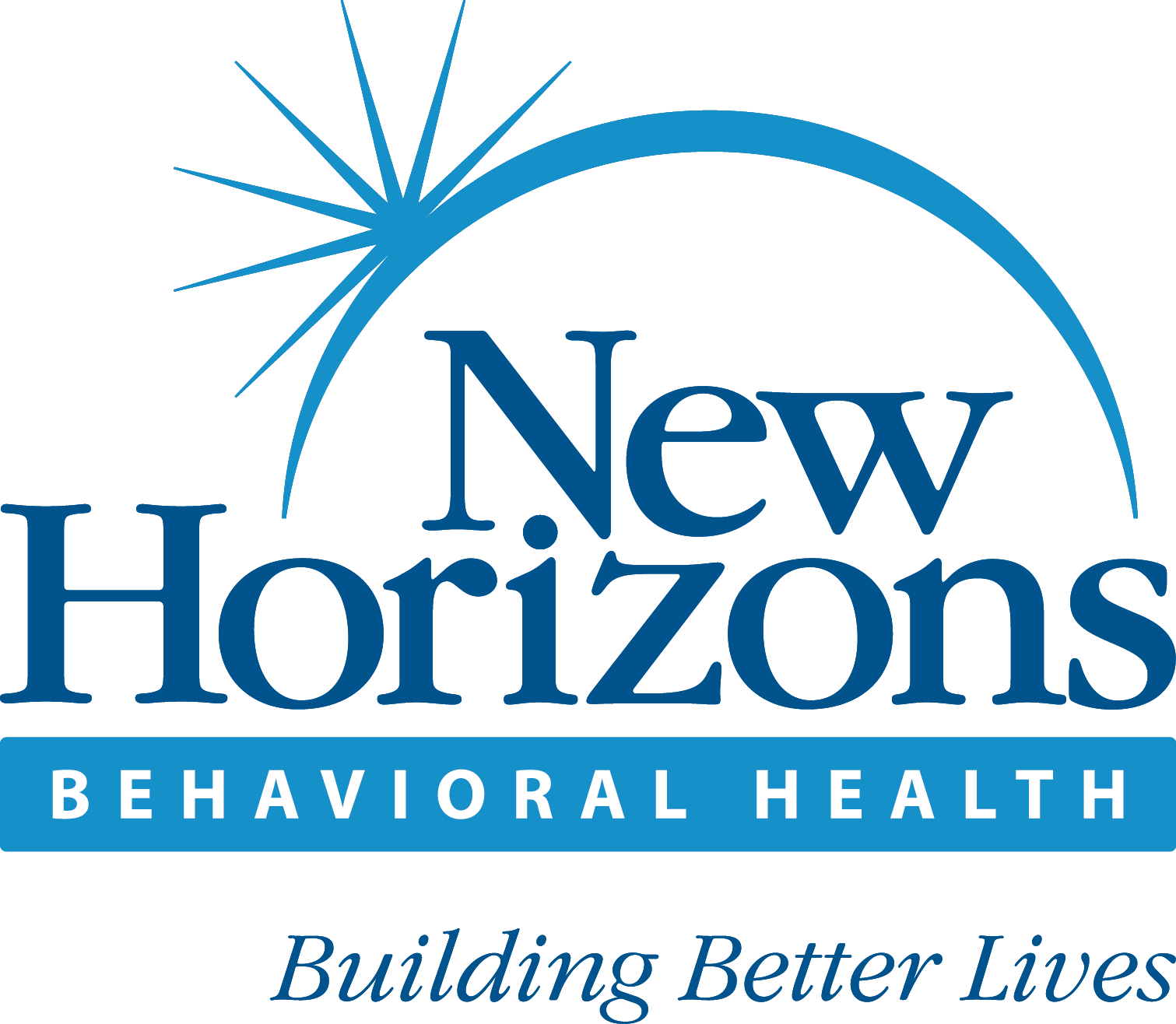August 31 Overdose Awareness Day
Posted on Aug 26, 2019 at 0:00 AM
Addiction shatters lives.
It also shatters our society, our economy, and our social infrastructure.
In 2017, 70,237 Americans died from drug overdoses. On average, drug overdoses now kill 192 Americans per day.
Due to this surge, overall life expectancy in our country has declined for two years in a row. It's the first time this has happened since the 1960s.
In fact, drug overdoses are now the #1 cause of accidental death in our country. Overdoses kill more Americans than car crashes, gun violence, and even breast cancer.
The Centers for Disease Control (CDC) affirms that this is the “worst drug overdose epidemic in [U.S.] history.” And the problem has grown so severe that, in 2014, the CDC added prescription drug overdose prevention to its list of top five public health challenges. 3 Illnesses and deaths related to substance use disorders are at epidemic levels right now, and it’s quickly getting worse.
When someone has an addiction, it doesn’t just shatter their own life. It shatters the lives of their families and friends, too, but it doesn’t even stop there. It contributes to a public health crisis that is shattering our society.
Addiction contributes to mass incarceration
In 2010, 85% of the U.S. prison population were incarcerated for substance related reasons, and more than half of all jail inmates are diagnosed with substance use disorders. In juvenile detention centers, 78% of juveniles were using substances before they were incarcerated, and 44% could be clinically diagnosed with a substance use disorder. Unfortunately, the second largest portion of addiction-related government funding is directed to the criminal justice system—rather than investing in better prevention or treatment programs.
The rising costs of addiction exceed $700 billion annually.
That’s the total of health care costs, criminal justice costs, and costs associated with lost productivity. We are spending billions on stop-gaps, emergency treatment, and quick Band-Aid fixes on a deep and serious wound.
But this can all change.
We can save lives, and save money, if we invest in evidence-based prevention, treatment, and recovery strategies.
We’ve seen how effective strong prevention techniques can be. Prevention has worked for many other public health problems—smoking, HIV, breast cancer. Evidence shows that when we invest in prevention, we can save lives as well as spare budgets.10
If we invest in evidence-based prevention, treatment and recovery methods, if we treat addiction as the chronic disease that it truly is, we can save lives and spend our tax dollars so much more efficiently.
For more information on the Opioid Epidemic and ways to help, visit http://www.shatterproof.org/overdose-awareness-day
- Categories:
- General

